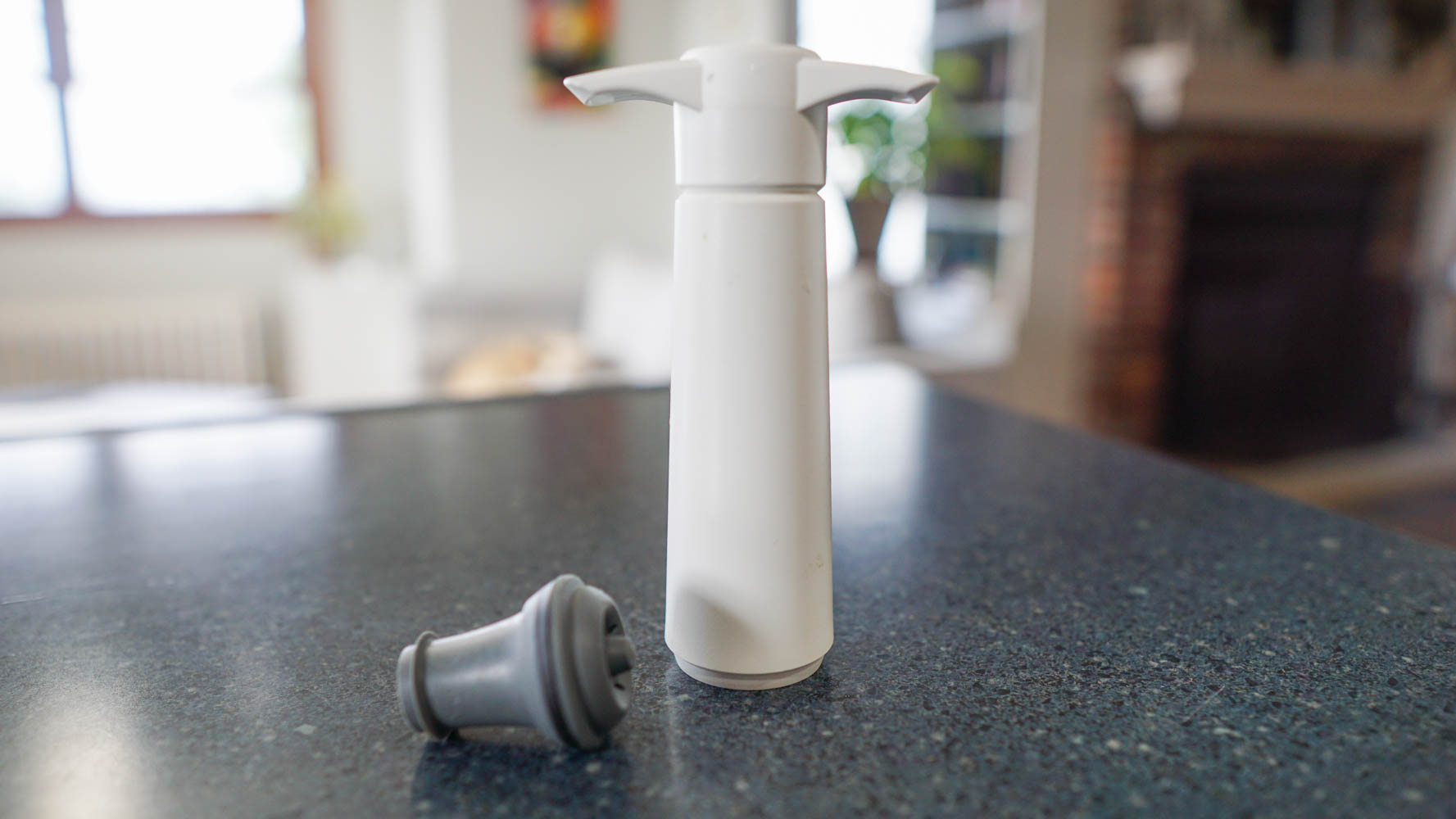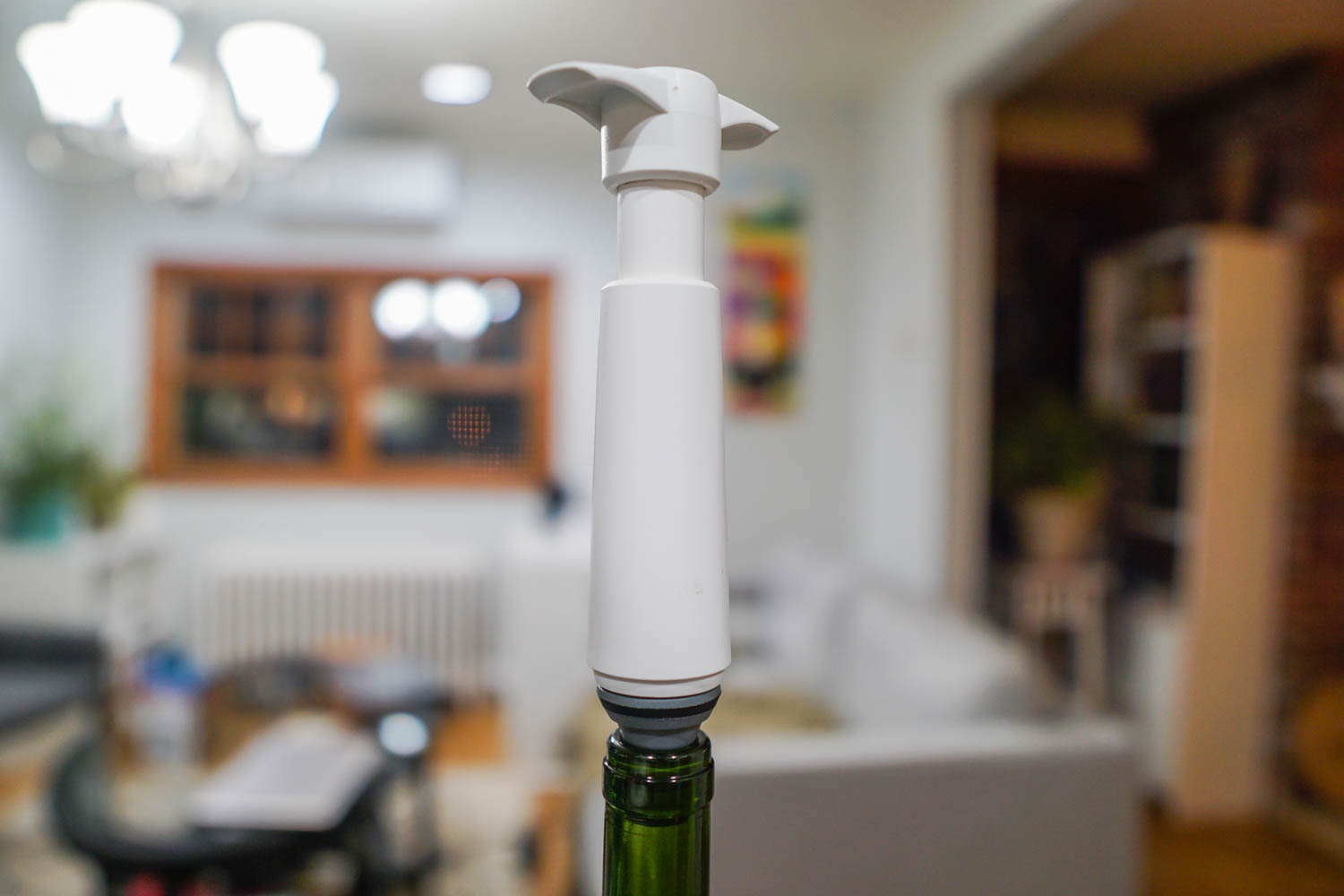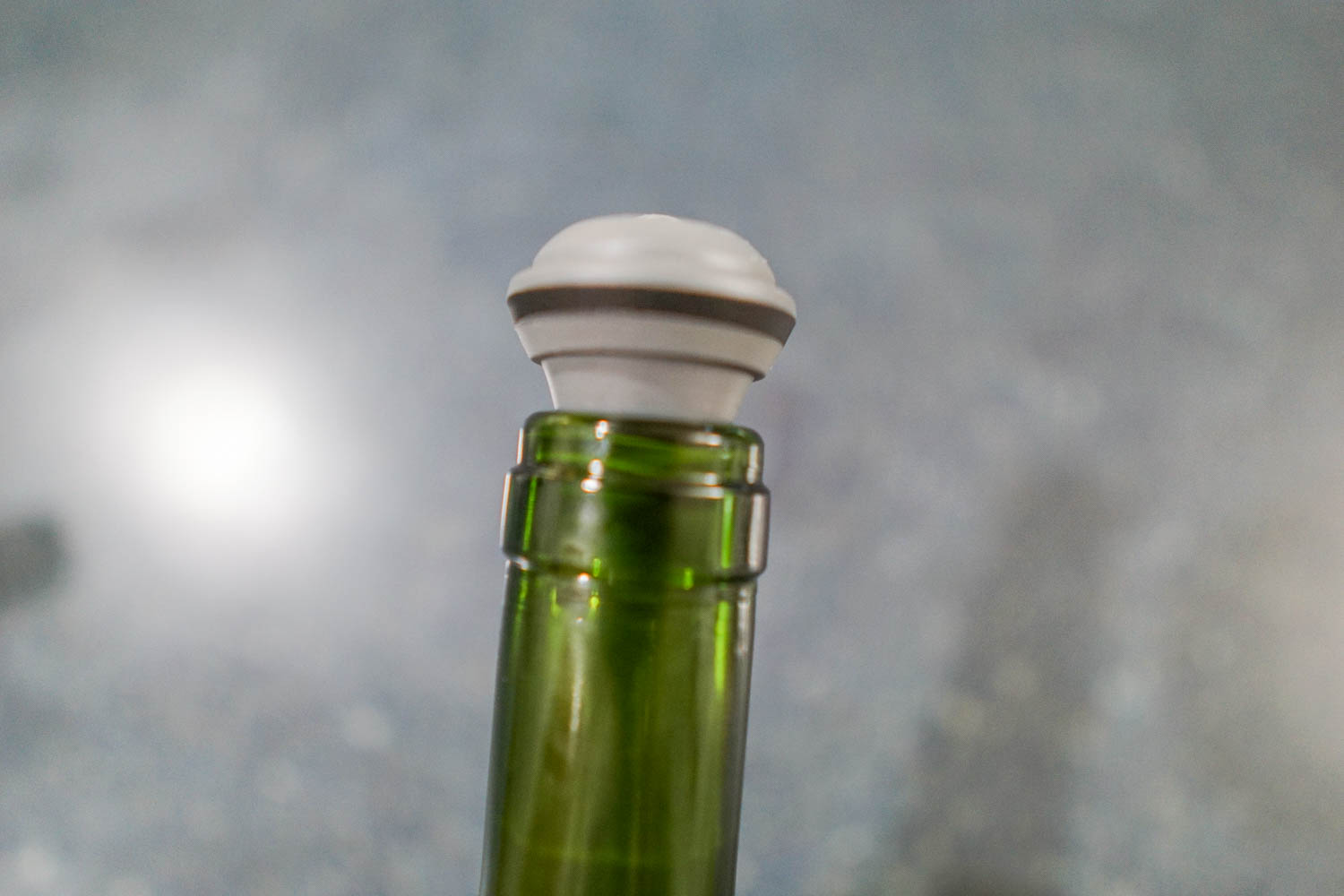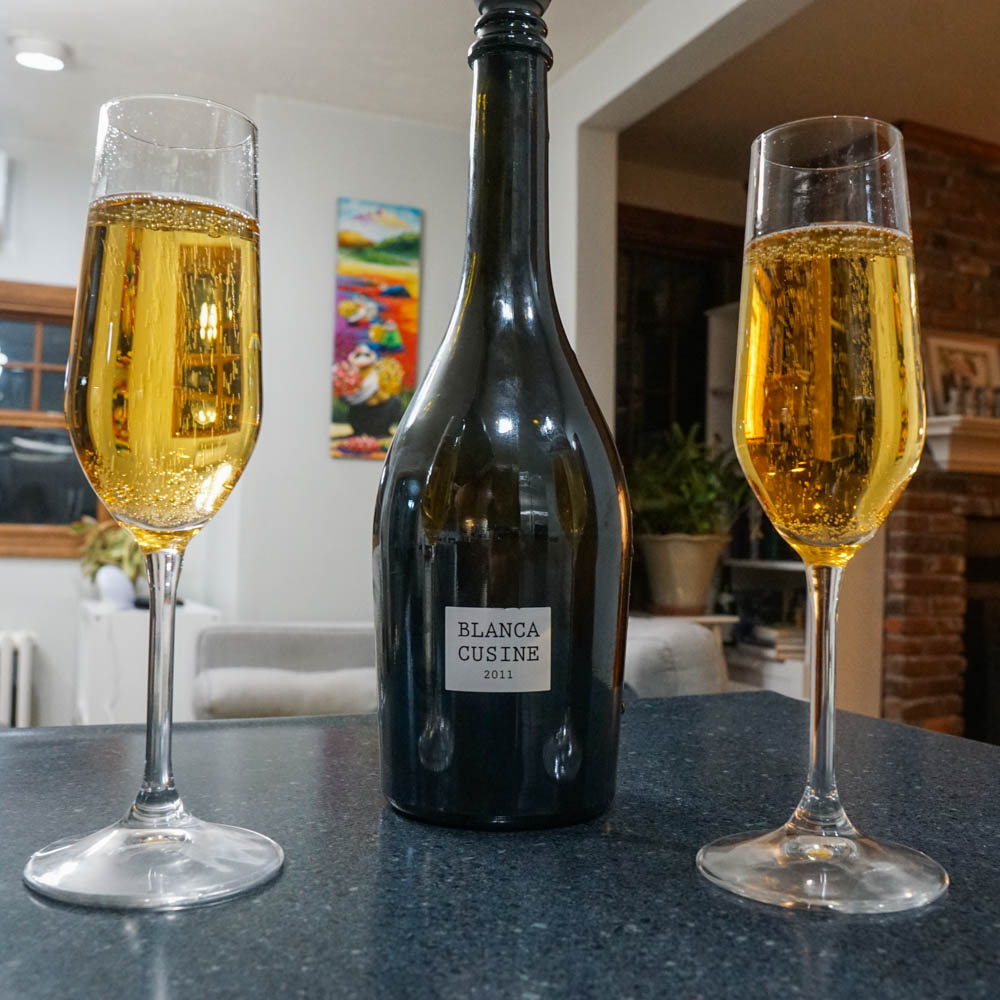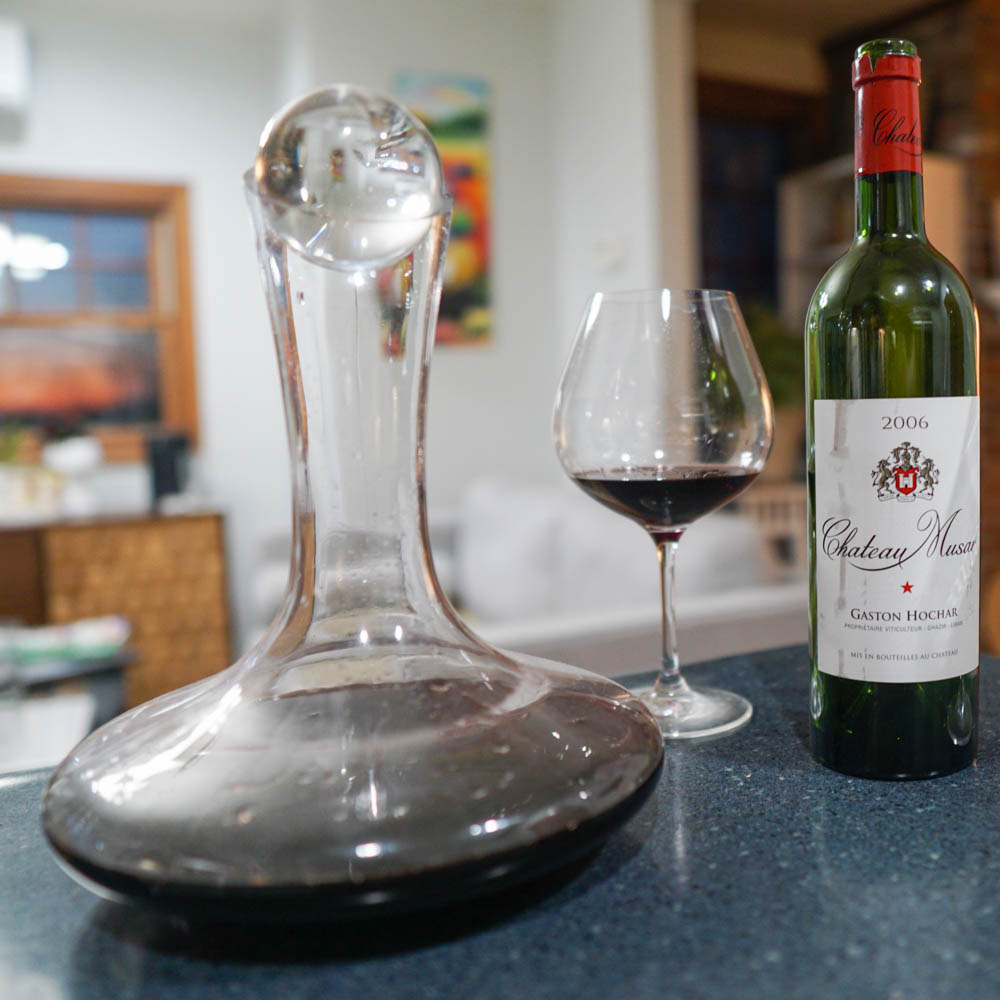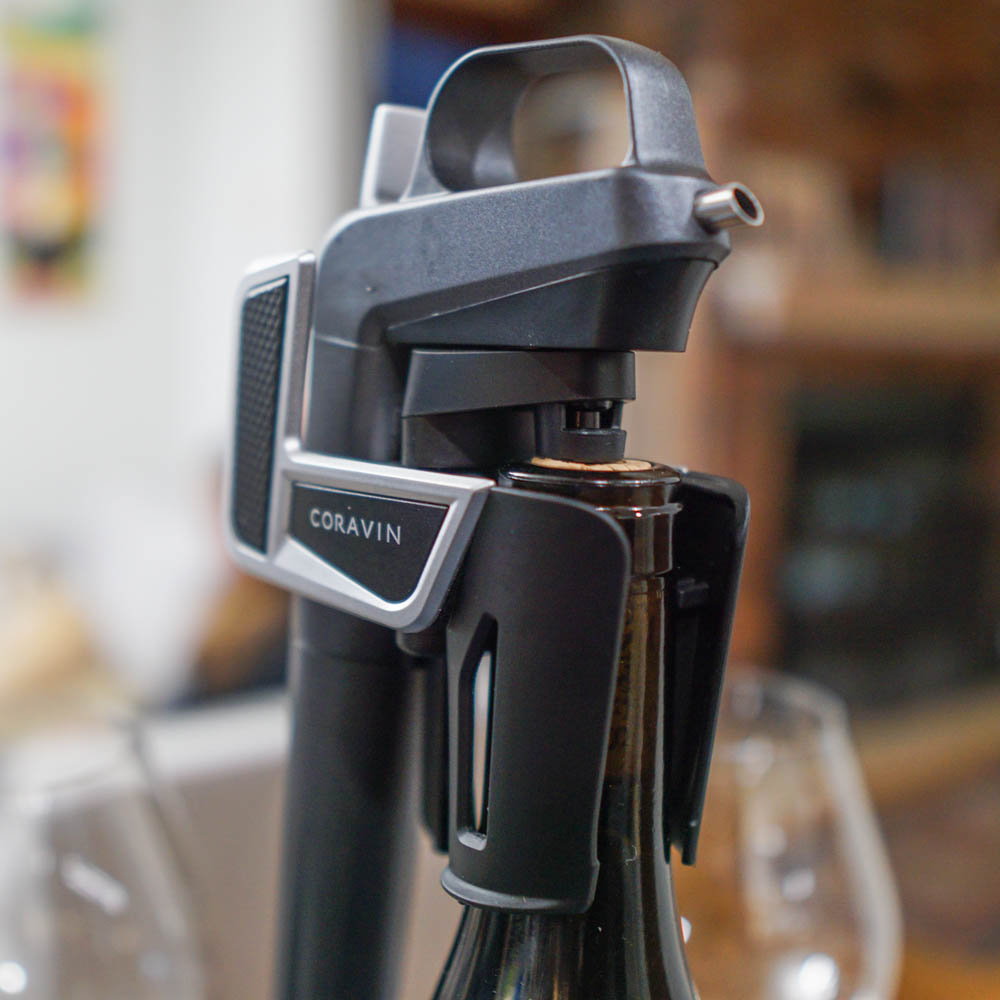Published by Jeremy.
Disclaimers: We use demographic data, email opt-ins, display advertising, and affiliate links to operate this site. Please review our Terms and Conditions for more information. This website is intended for those of legal drinking age in your jurisdiction.
As we have learned in wine courses like WSET Level 2, there are generally two kinds of wine preservation system types out there- vacuum wine pumps and inert gas blanketing systems. Both function a lot like how they are named.
Vacuum pumps are designed to remove air from a bottle (creating a vacuum via a pump) and inert gas systems are designed to displace air with another heavier-than-air inert gas (often argon).
We discussed how one inert gas system works in great detail in our Coravin review. But in this one, we want to look at the Vacu Vin Wine Saver, discuss more on how this vacuum pump system works, and share a few reasons why you may want to have this one on hand.
How a Vacu Vin Wine Saver Pump Works
On the surface, it is pretty easy to understand how a vacuum pump system works- air is removed from a bottle via a hand pump. But design-wise, a Vacu Vin Wine Saver has a fair bit going on.
This particular product has two items worth discussing- a customized cap that is inserted into a bottle of wine and the hand pump. The cap is designed in such a way that air can be removed from the bottle via the hand pump, and as this happens a seal is formed to maintain a partial vacuum in the wine.
The number of pumps required to evacuate a bottle of wine is inversely proportional to how much wine is left, and the cap has an inventive design feature that makes an audible clicking/popping noise when you've reached the ideal vacuum conditions. All you have to do is keep pumping until you hear the clicking noise and you're good to go. (A full bottle may take only 2-3 pumps, whereas a nearly empty one may be closer to 20.)
Put the bottle of wine in your refrigerator (upright) and grab it when you are ready for more in the next day or so.
But what do you do when it comes time to enjoy another glass of wine? Well, the caps also have a small knob in the center that can be pushed with your fingertip. Put a bit of pressure on this and you'll start hearing a hissing noise- not of air coming out of the bottle but rather air rushing back inside!
In just a few moments the pressure will equalize and the cap can come off to be washed and re-used in the future. Easy!
The Biggest Limitation? Efficiency
Now, you may be wondering, is creating a vacuum with a hand pump efficient enough to significantly prolong the life of your wine? The answer is, of course, not really. It is impossible to create a perfect vacuum, and this is especially true when the mechanism for doing so is a hand pump and a piece of plastic.
But can you remove a great deal of air from the bottle of wine all the same? Absolutely.
What this really comes down to is the fact that no matter how great of vacuum is pulled over our bottle of wine, some air will remain inside. With air comes oxygen, and with oxygen comes oxidation. And, as we all know with wine becoming oxidized, how much your wine changes will be a function of time.
As such, the Vacu Vin Wine Saver (and other similarly designed vacuum pumps) should likely only be treated as a preservation system for those who want to keep wine for a matter of hours or, at most, a couple of days. Oxidation will still be occurring even if you have the cap properly sealed, but odds are good you'll find your wine is less oxidized a day or two later than it otherwise would be simply sticking a cork back in alone.
Personally, we use ours for two main reasons. The first is when we want to enjoy a wine over dinner and not deliberately cause oxidation (say, in a white wine or a light, fruity red) and the second is when we want to enjoy a bottle over the period of a day or, at most, two days. While the Vacu Vin is marketed to help store an open bottle for up to a week, we generally don't push it past two days- but mostly because we can't help but finish opened bottles quickly.
For those who want any sort of preservation beyond 48 hours, odds are good you'll want to start looking into inert gas systems- our Coravin has preserved bottles for months between samples.
But considering that most wines are likely to be consumed over a day or two, and the fact that the Coravin is quite expensive (about 10x the price), the Vacu Vin Wine Saver serves its purpose for this select case. And, considering it is relatively affordable outright, it is fairly easy to justify the price for what you get from it.
Before we end this one, we should give one final caveat here and that is that we have noticed that the caps for the Vacu Vin Wine Saver can wear down over time. We've had a few lose their ability to keep a seal over the years, and it is always an unfortunate realization the next day when you no longer hear that recognizable hiss of air rushing into your bottle when you open it back up.
As such, if you pick up one of these we highly suggest also adding on a bag (or two) of extra vacu vin wine stoppers as invariably you will have some get damaged or lost outright as time goes on. So it is always nice to have more than two on hand!
What products do you use to help preserve your wine? Comment below to share!
Upgrade Your Home Wine Bar
Need to upgrade your wine bar? Grab some new wine accessories:

